HotSpots H2O: In Kenya, Lake Water Rise Endangers Livelihoods and Wildlife
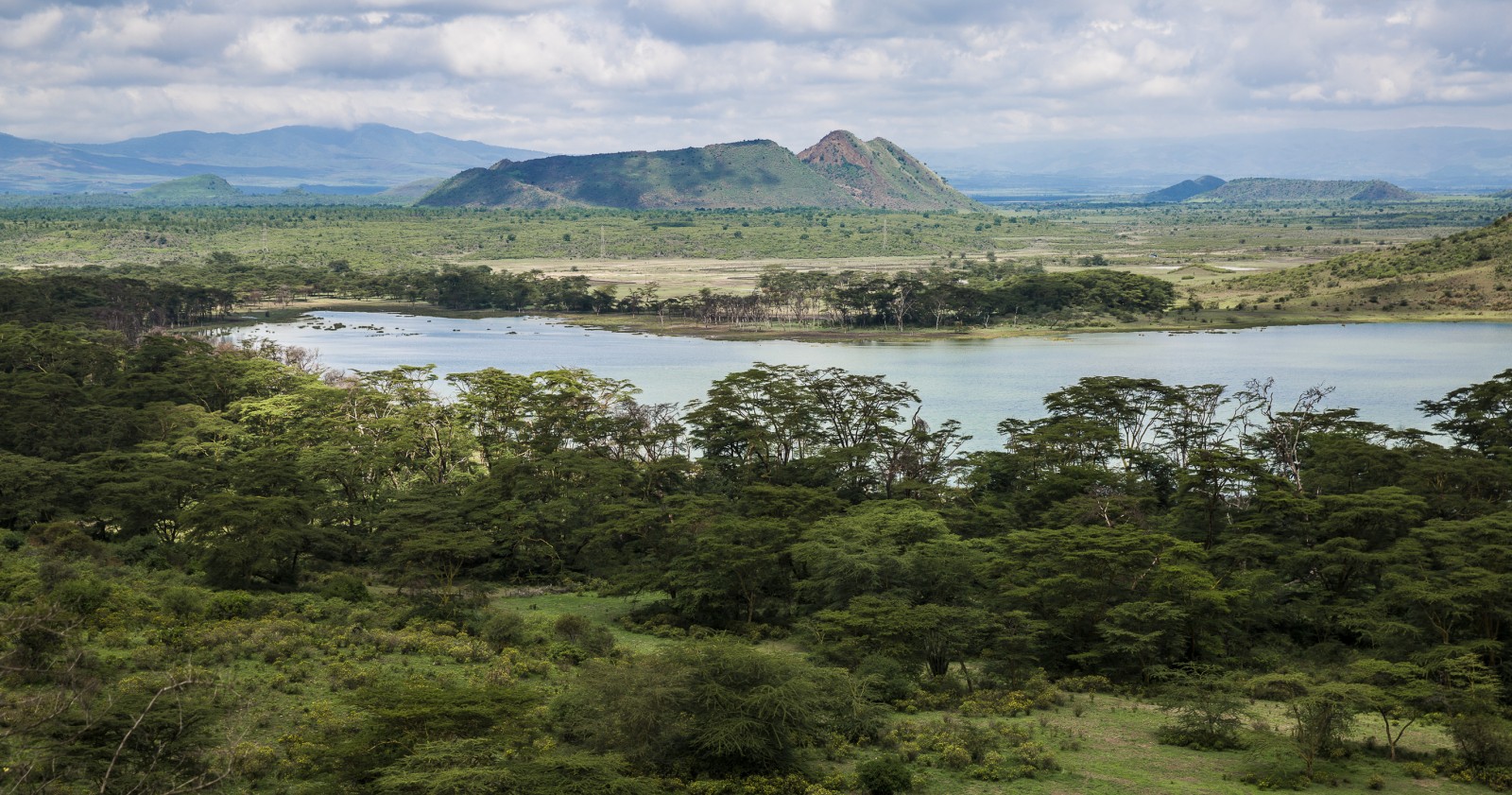
A view of Lake Elmenteita, one of the five alkaline lakes in the Kenyan Great Rift Valley. © Ninara
Rising water levels in the lakes along the Great Rift Valley have pushed thousands in Kenya from their homes, endangering people’s livelihoods and wildlife in the region.
The flooding comes after months of abnormally heavy rain. Since the beginning of Kenya’s “long rains” season in early March, more than 233,000 people have been affected and 116,000 displaced because of flash floods and mudslides, according to the Kenyan Red Cross Society in a May report. Thirty-six of 47 Kenyan counties were affected, and thousands of people in the Great Rift Valley have left their homes.
Eight lakes dot Kenya’s portion of the valley. Three are freshwater and five contain a high amount of carbonate salt, or alkaline. Three of the salt lakes are home to numerous mammals and 13 globally threatened bird species. The lakes are the most important foraging ground in the world for the lesser flamingo, according to UNESCO.
The freshwater lakes also attract biodiversity. Lake Baringo is known for over 450 species of birds and is essential to the livelihoods of the Njamus(Njemps) and Kamasya peoples. The groups depend on the lake for fishing, herding cattle and raising crops.
Lake Baringo and the salted Lake Bogoria have a distance of 12.5 miles between them, but the flooding has closed the gap between the systems. People fear the lakes will contaminate each other, which is a serious threat to those who find home in the region. The moment the saline water begins to mix with the freshwater, aquatic life will be put in jeopardy as well as the thousands who need the freshwater for their daily lives.
The flooding has also put businesses out of commission. The area — usually a hot spot for tourism — is losing facilities and land to the high water, according to the Daily Nation. Three of the seven lake islands, popular destinations for tourists, have been submerged. Flamingo observation areas are marooned by water or severed from the mainland as well. One warden from a local conservancy told the Daily Nation a team had to rescue a trapped giraffe from one such island.
Electricity, hospitals, and schools are hard to access due to damaged roads and flooding. Lake animals such as hippos, snakes, crocodiles are closer to home than ever, and residents and tourists fear what lurks beneath the water. A nurse on the island explained to the Daily Nation that patients will not come due to the crocodile-infested water.
Along with the intense rainfall, climate change and deforestation is said to contribute to the flooding as well. When water is saturated with fine mineral particles, the silts fill in lake beds and increase flooding. Heavy rains perpetuate the cycle of degradation.
Elena Bruess writes on the intersection of environment, health, and human rights for Circle of Blue and covers international conflict and water for Circle of Blue’s HotSpots H2O.

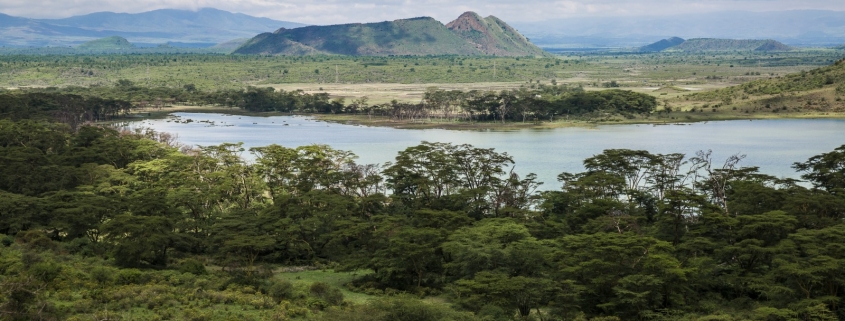

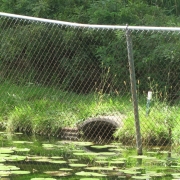

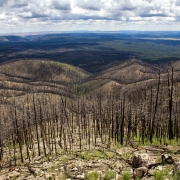
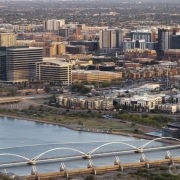
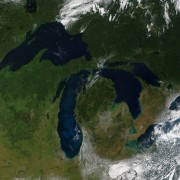
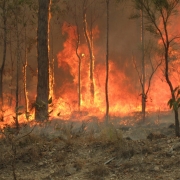




Leave a Reply
Want to join the discussion?Feel free to contribute!